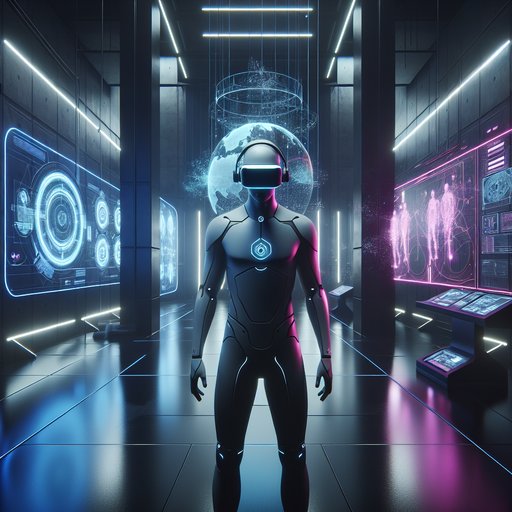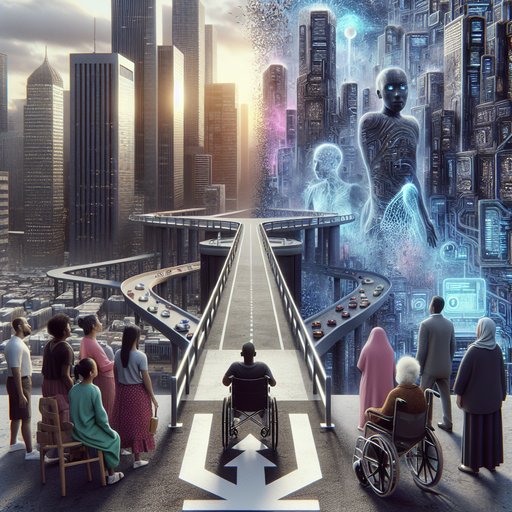
The metaverse and mixed reality technologies continue to evolve with groundbreaking innovations across gaming, design, and professional applications. Recent developments demonstrate that far from fading away, virtual and augmented reality are finding practical applications that blend digital experiences with physical spaces, while virtual design and architecture emerge as promising new frontiers for creative professionals.
A notable advancement in mixed reality gaming comes from Successor, a tactical RPG that transforms ordinary surfaces into interactive battlefields. The game allows players to convert their coffee tables into dynamic gaming spaces, demonstrating the potential of mixed reality to blend physical and digital environments in innovative ways [1].
In the professional sector, India has marked a significant milestone with the inauguration of its first maritime simulation centre at AMET University. The facility features advanced Full Mission Simulators for both Deck and Engine operations, showcasing how virtual reality technology is being deployed for practical training in specialized industries [2].
Despite skepticism about the metaverse's future, virtual architecture and design are gaining momentum as legitimate creative disciplines. Industry experts argue that designing for virtual worlds is just beginning to realize its potential, suggesting a bright future for digital architecture and environmental design [3].
The financial sector's continued interest in metaverse technologies is reflected in the performance of key technology companies. Industry leaders like NVIDIA, Accenture, and Super League Enterprise are attracting attention from investors who see long-term potential in immersive technology markets [4].
























